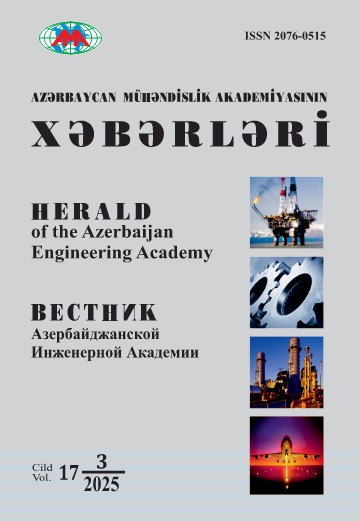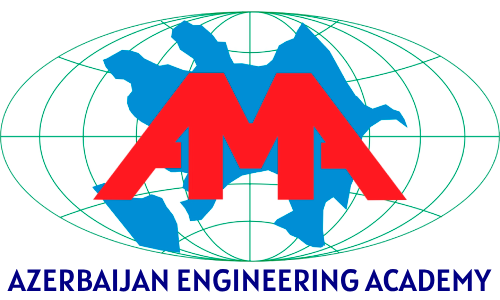Superconductivity Effect in Brake Friction Pairs
DOI:
https://doi.org/10.52171/2076-0515_2024_16_01_19_30Anahtar Kelimeler:
braking device- friction pairs- metal friction element- superconductivity- electric- magnetic fieldÖzet
friction pairs; isotropic and Josephson effects; paired electron and its role in superconductivity; vibrations of the crystal lattice and vortices in the metal friction element; the discussion of the results. The exciting factor for particles of various kinds in metal friction elements is pulsed normal forces in the mating of friction pairs. Conduction electrons in a metal at a low ambient temperature and its thermally stabilized state are capable of forming pairs that unite particles with equal, oppositely directed impulses. For this to happen, there must be an attraction between the electrons. Behavior and connections of pairs of electrons and the interaction of their energy levels with the nodes of the crystal lattice of a metal friction element. The presence of positive ions in the crystal lattice ensures that a moving electron attracts nearby ions, they shift towards it and create a local excess of positive charge. A locally polarized region attracts another electron, which moves towards the first one. Elastic vibrations of the crystal lattice are the movement of phonons-quanta of sound waves. In this case, electrons are attracted, emitting and absorbing phonons. Between electrons and vibrations of the crystal lattice occurring directly by the attraction of the lattice of electrons prevailing over the Coulomb collision. The emergence of mechanical and magnetic vortices, when the transport current fields exceed the minimum limit of its intensity, magnetic vortices are born near the surface and migrate deep into the metal friction element.
Downloads
Yayınlanmış
How to Cite
Sayı
Bölüm
License

This work is licensed under a Creative Commons Attribution-NonCommercial 4.0 International License.



